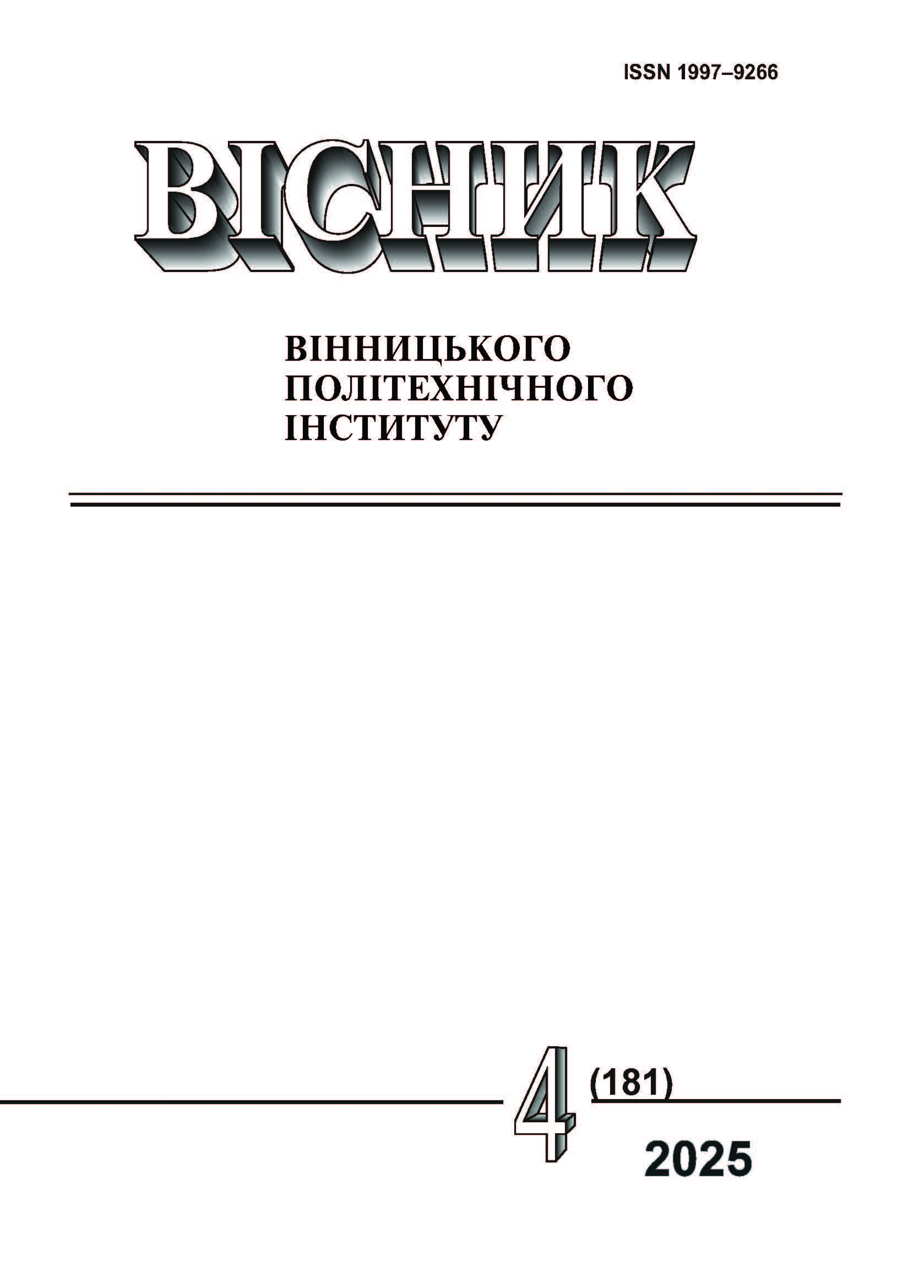Application of Artificial Intelligence in Research Tasks in the General Physics Course
DOI:
https://doi.org/10.31649/1997-9266-2025-181-4-201-206Keywords:
research tasks, general physics course, artificial intelligence, research, classificationAbstract
The scientific justification is presented and the prospects for the application of artificial intelligence in solving research problems in the course of general physics are considered. The authors emphasize that artificial intelligence is used in many areas of modern production, education, and science. The development of modern machine learning technologies at the beginning of the 21st century provided a significant breakthrough in the implementation of artificial intelligence in the educational process. The process of introducing AI into the educational process of many countries has begun at the state level, even entire ministries have been created that deal only with this problem. Artificial intelligence in education can be applied in the form of interactive platforms and chatbots that provide students with instant answers to questions and can apply mathematical tools to significantly facilitate and accelerate the solution of physical problems. This is especially important for the research tasks. But the question arises - how correctly AI copes with the tasks set. The work tested modern AIs such as ChatGPT-4turbo, DeepSeek, Copilot, Gemini 2.0, Claude, Grok regarding the reliability of solving research physical tasks. In order to systematize the results of the study, a classification of physics tasks was proposed, which were divided into groups according to the content and degree of generalization, the nature of the formulation, the method of solution and research, and the didactic purpose, depending on the requirements of the task. Three main types of tasks related to solving research problems are considered: tasks in which the research begins with the beginning of the solution; tasks in which an intermediate result obtained in the form of a functional dependence is investigated; tasks in which the final result of the solution is investigated. To do this, each of the considered AIs was offered 30 tasks for consideration, the list of which included tasks of each type from the above classification of research tasks and tasks of increased complexity. Based on the conducted research, it was found that the tested AIs, such as ChatGPT-4turbo, DeepSeek, Copilot, Gemini 2.0, Claude, correctly solve about 60 % of the research problems, and with an incorrect solution, the deviation from the correct answer ranges from several percent to several times. The Grok AI shows a slightly worse result both in terms of the percentage of correctly solved problems (50%) and in terms of deviation from the true result. Based on the nature of the interpretation of the answers, we can confidently say that it is AI with a developed reasoning ability (in our research, these are ChatGPT-4turbo, DeepSeek, Copilot, Gemini 2.0, Claude) that show the best results when solving research tasks and tasks of increased complexity. The results of the research showed the possibility of using AI to facilitate and accelerate the solution of research problems, provided that the results are verified, since today it can be considered that AI is still in the learning stage. At the same time, the role of the teacher is not decreasing, but, on the contrary, increasing.
References
Віталіна Костів, «Штучний інтелект у твоїй кишені: як працює і що може робити,» СHAS.NEWS, [Електронний ресурс]. Режим доступу: https://chas.news/current/shtuchnii-intelekt-v-kisheni-yak-pratsyue-i-scho-mozhe-robiti. Дата звернення: 10 травня 2025.
Владислав Зинов’єв, «14 найкращих платформ ШІ у 2025 році,» ChatGPT Academy, [Електронний ресурс]. Режим доступу: https://www.chatgptacademy.online/nejromerezhi/14-najkrashhyh-platform-shi-u-2025-roczi/. Дата звернення 10 травня 2025.
Дописувачі вікіпедії, «Microsoft_Copilot,» Вікіпедія, [Електронний ресурс]. Режим доступу: https://uk.wikipedia.org/wiki/Microsoft_Copilot. Дата звернення: 10 травня 2025.
Вадим Карпусь, «Gemini 2.0 Flash: швидший та розумніший ШІ-помічник Google став загальнодоступним,» IT-інновації з українською ДНК, [Електронний ресурс]. Режим доступу: https://itc.ua/ua/novini/gemini-2-0-flash-shvydshyj-ta-rozumnishyj-shi-pomichnyk-google-stav-zagalno-stupnym/. Дата звернення:10 травня 2025.
Дописувачі Вікіпедії, «Grok», Вікіпедія.[Електронний ресурс]. Режим доступу: https://uk.wikipedia.org/wiki/Grok. Дата звернення: 10 травня 2025.
В. М. Коряк, Фізичні задачі на дослідження в механіці та методика їх розв’язування. Вінниця, ВДПУ, 2001, 39 с.
Н. С. Борозенець, «Застосування штучного інтелекту при вивченні вищої математики в аграрних університетах,» Всеукраїнське науково-педагогічне підвищення кваліфікації. Штучний інтелект у вищій освіті: ризики та перспективи інтеграції. Львів – Торунь, 2024, 8-14 с.
Downloads
-
pdf (Українська)
Downloads: 29
Published
How to Cite
Issue
Section
License

This work is licensed under a Creative Commons Attribution 4.0 International License.
Authors who publish with this journal agree to the following terms:
- Authors retain copyright and grant the journal right of first publication.
- Authors are able to enter into separate, additional contractual arrangements for the non-exclusive distribution of the journal's published version of the work (e.g., post it to an institutional repository or publish it in a book), with an acknowledgment of its initial publication in this journal.
- Authors are permitted and encouraged to post their work online (e.g., in institutional repositories or on their website) prior to and during the submission process, as it can lead to productive exchanges, as well as earlier and greater citation of published work (See The Effect of Open Access).





